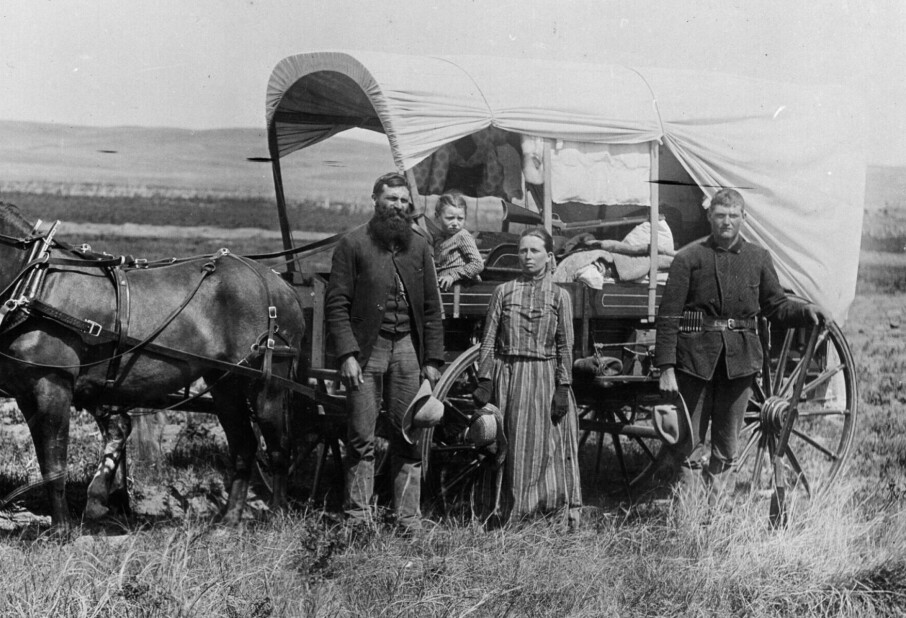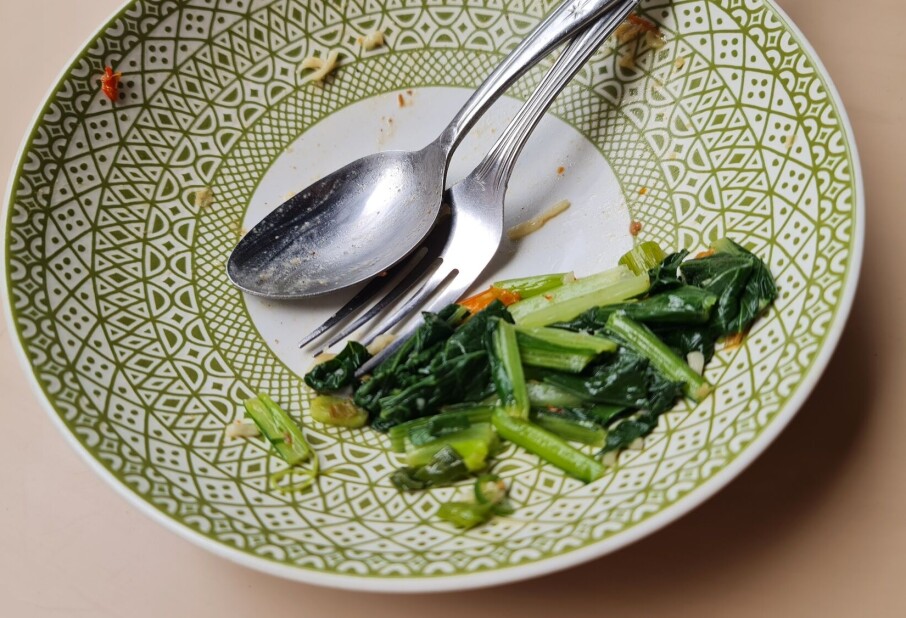
How can an ordinary lawn become a wildflower meadow?
“Simply tossing a bag of meadow seeds onto a well-fertilised lawn and not mowing it doesn't work very well,” one researcher says.
You don't have to own your own patch of garden to do a good deed for insects.
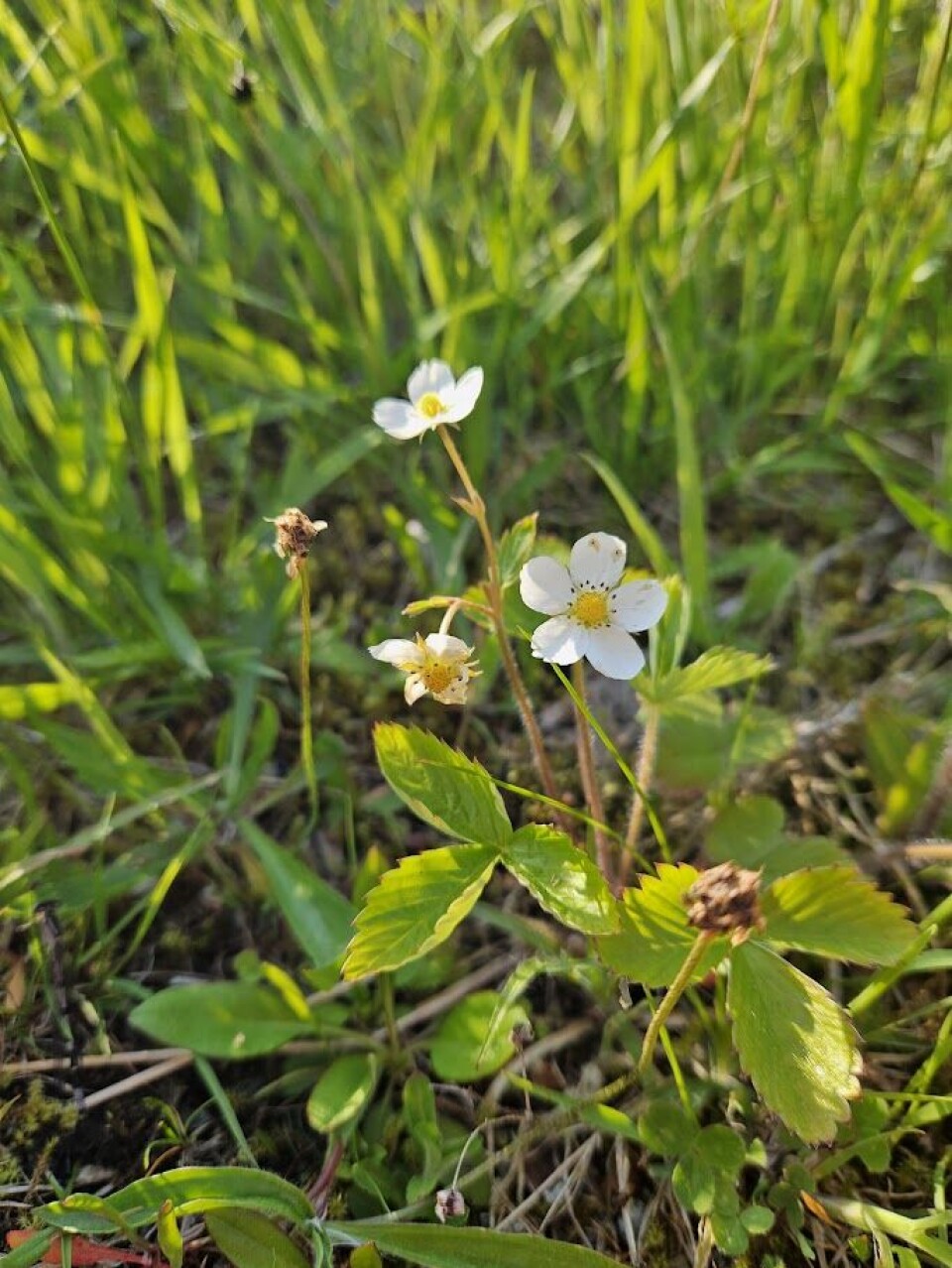
The apartment blocks in the Slettebakken housing cooperative were located between grassy slopes. Now, the residents of the 425 homes in Bergen live right next to a flourishing flower meadow. It turned out that the hill concealed a seed bank.
Focus on biodiversity
When the initiator behind this effort, Ingeborg Strandberg, took maternity leave with her youngest son in 2019, she had a lot of time to wander around the apartment blocks in the housing cooperative. This area in Bergen is built like many other residential areas from the post-war period, with large green spaces around the blocks.
“I have read about how important meadows are for biodiversity, pollinators, and insects. We have a great opportunity here to support biodiversity and insects," she says.
Strandberg has built her knowledge of wildflower meadows on her own – and by consulting with experts.
Early on, she decided to use native plants and seeds instead of importing from abroad.
“We would rather maintain the biodiversity that exists here,” she says.
Ecological desert
“A monochrome, manicured lawn with only grass is an ecological desert,” says Inger Auestad, an associate professor at the Western Norway University of Applied Sciences.
Auestad, an ecologist and botanist, is enthusiastic about the use of flower meadows in gardens and landscaping.
If you want to succeed in creating a flower meadow, there are a few different things to think about, depending on where in Norway you live.
“Some people think that simply stopping lawn mowing will result in a flower meadow. It’s an interesting experiment, but it doesn’t always work,” says the botanist.
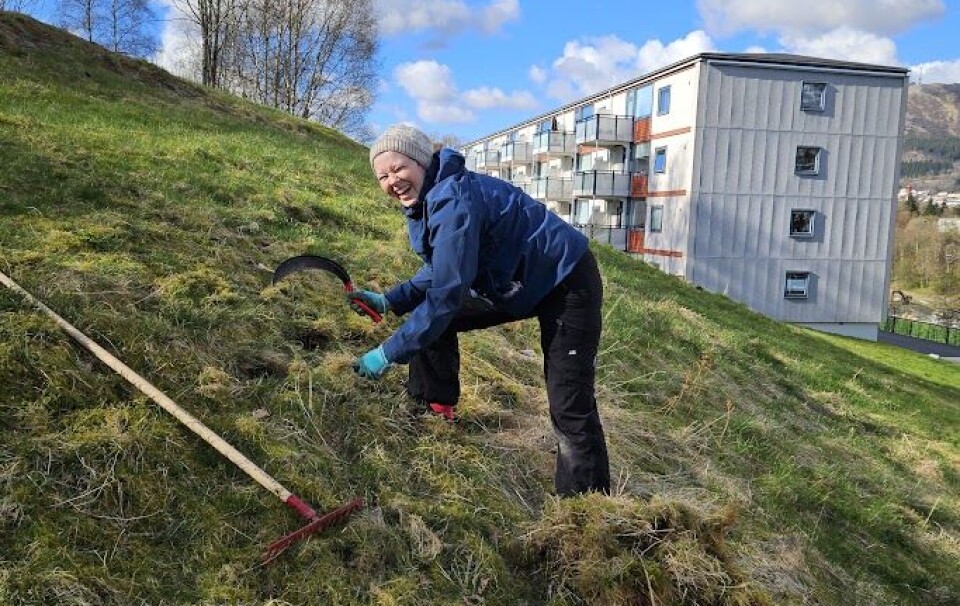

A test of patience
The Bergen residents started with a test area of a few square metres. They removed the grass before sowing meadow seeds.
Strandberg learned from her mentors that the best approach is to go out and find the flowers that belong in a local wildflower meadow and collect seeds from them. This is easier said than done, she points out. You need to know what the plants look like when they have bloomed and are carrying seeds.
Strandberg received sweepings from the barns at Havråtunet, an old and well-preserved cluster farm half an hour's drive from Bergen where people have lived for centuries. It is now a museum, but the old hayfields are still there. This provided her with seed mix og what existed in those meadows. These were sown in the test area at Slettebakken in 2019.
“I'm not very patient,” says Strandberg.
The new flower meadow was a test of patience.

Easier job for the caretaker
In the summer of 2020, the area looked rather barren. Over the following winter, Strandberg wondered if anything would sprout the next spring. To be on the safe side, she sowed once more in the spring of 2021. As she continued her research, she learned that many meadow flowers take a couple of years to emerge. Her hope for a colourful display grew.
It was unfortunate, then, that the substitute caretaker that summer, blissfully unaware, mowed down the area. Despite this, Strandberg remained determined to create a flower meadow.
The area was expanded in 2022. The caretaker agreed to put the lawnmower aside.
It turned out that the slope already concealed a fantastic flower meadow.
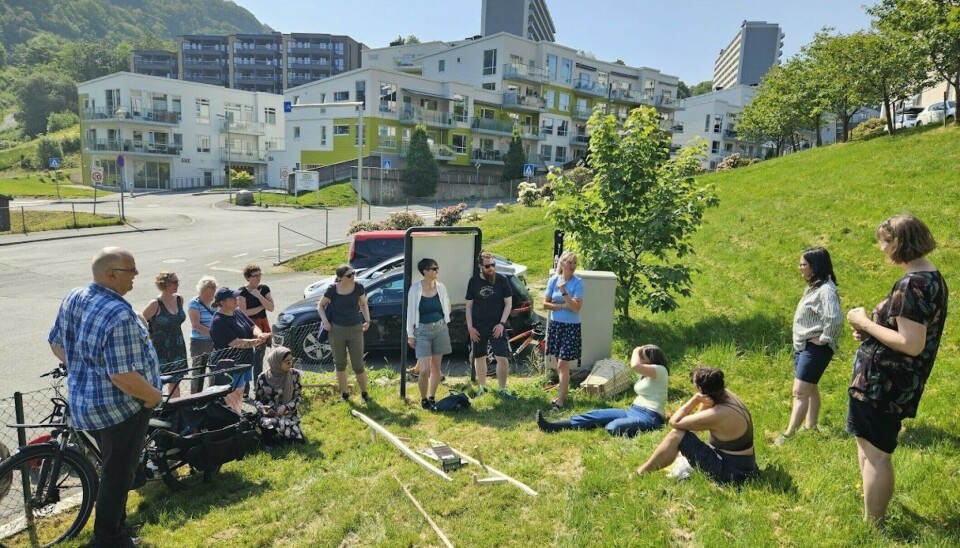
Old useful growth that blooms nicely
Pignut (Conopodium majus) is a species rich in tradition that Strandberg loves having in the meadow.
The flower is white and resembles the poisonous cow parsley (Anthriscus sylvestrus).
“If you follow the stem, you can uncover a small tuber, and that's the pignut,” says Strandberg.
The children in the housing cooperative can enjoy searching for this natural snack, which is said to be taste similar to almonds.
The plant is also found in France, known as jarnott (similar to the Norwegian jordnøtt), likely brought there by the Vikings.
The pignut and other plants appear "from nowhere," says Strandberg. This can likely be attributed to the housing cooperative's location – or more specifically, to what existed there before the blocks were built.
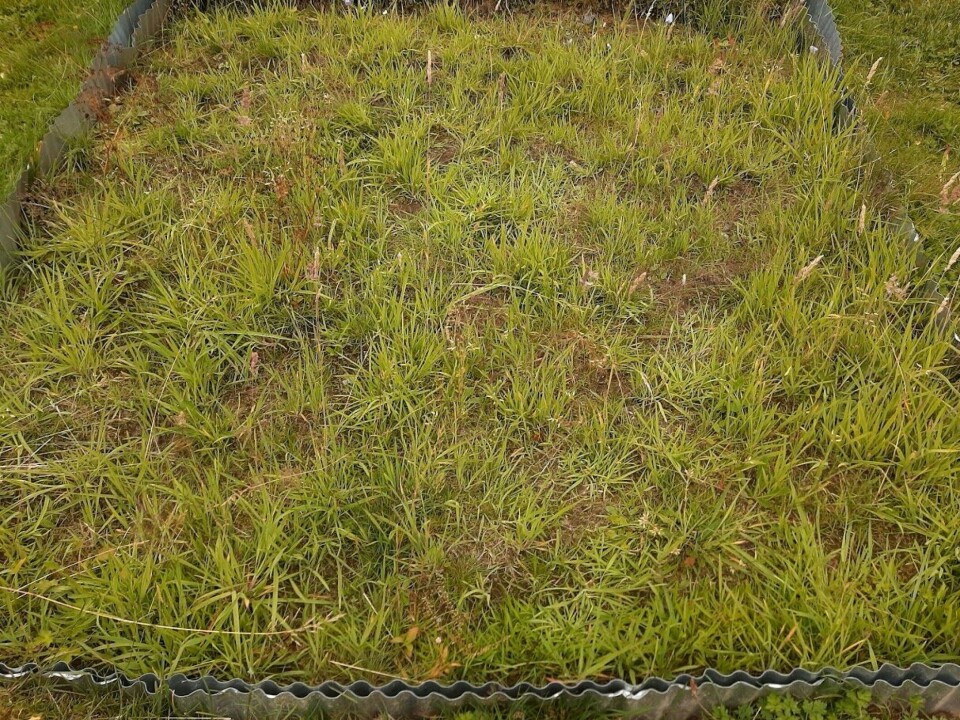
Thought it was just a lawn
“Slettebakken has been a farm for a long time. I found out that Slettebakken farm existed at least since the 1600s,” says Strandberg.
Old maps show that the Slettebakken meadow belonged to the farm's cultivated land.
After the war, there was a great need for housing. The blocks were built, and the pastures were eventually turned into lawns regularly maintained by the caretaker.
“We thought that this was just a lawn and that something needed to be established. However, this area has seen grazing and mowing for centuries,” Strandberg says.
She has seen pictures of cows grazing between the blocks in the post-war period.
Mowing and grazing through generations have made the soil poor. Consequently, it lacks nutrients for plants. This, ironically, creates an ideal environment for a flower meadow because robust grasses struggle to obtain sufficient water and nutrients.
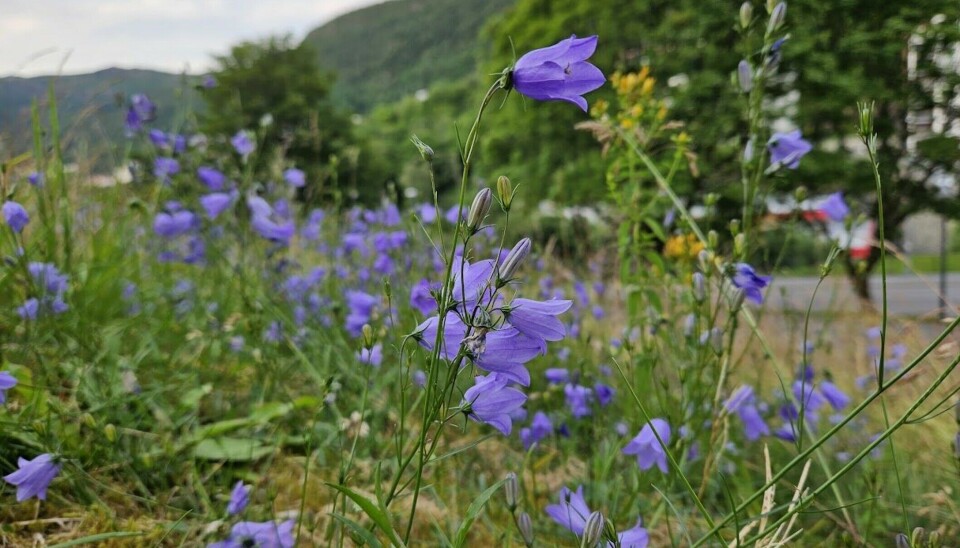
Pleasant for passers-by
Strandberg has become a keen communicator through the Facebook page Blomstereng på Slettebakken (Flower meadow at Slettebakken), which can be an inspiration to others.
She receives pleasant feedback from people who pass by. Moreover, the meadow has become a gathering place: They have hosted mowing days and events.
Just a small team looks after the flower meadow. Fortunately, it does not require that much tending, says Strandberg.
In spring, they rake away debris and branches so that seeds can fall to the ground. They then mow the meadow twice: once in spring and again later.
They use scythes for mowing, which is the best method for the meadow.
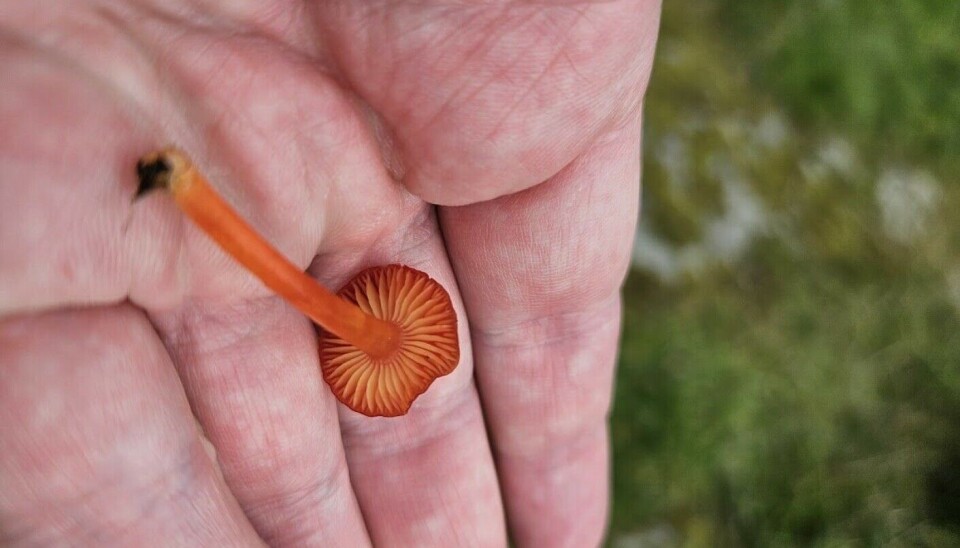
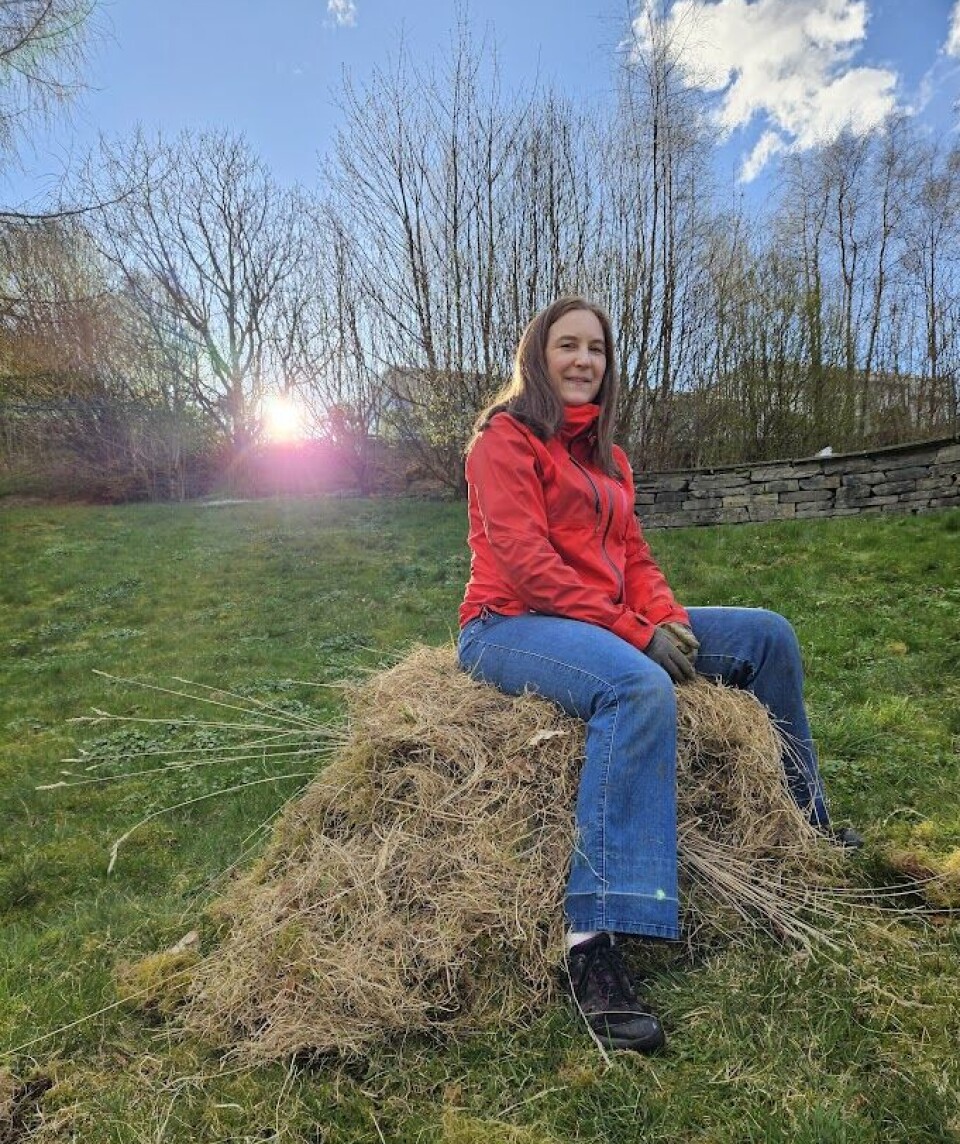
Poor soil and mowing with a scythe
“Ideally, it shouldn't be mowed with a lawnmower. It just turns into a mush that remains and acts like a fertiliser,” says Strandberg.
That’s also what the Norwegian Institute for Bioeconomy Research (NIBIO) writes on its website (link in Norwegian):
"Wildflower meadow seeds should preferably be sown on relatively dry and nutrient poor soil. Wildflower species also thrive on more nutrient-rich soil, but face greater competition from grasses and weeds.”
Ingeborg Strandberg's dream is to revive yet another old tradition by setting up hayracks to hang and dry the mowed grass.
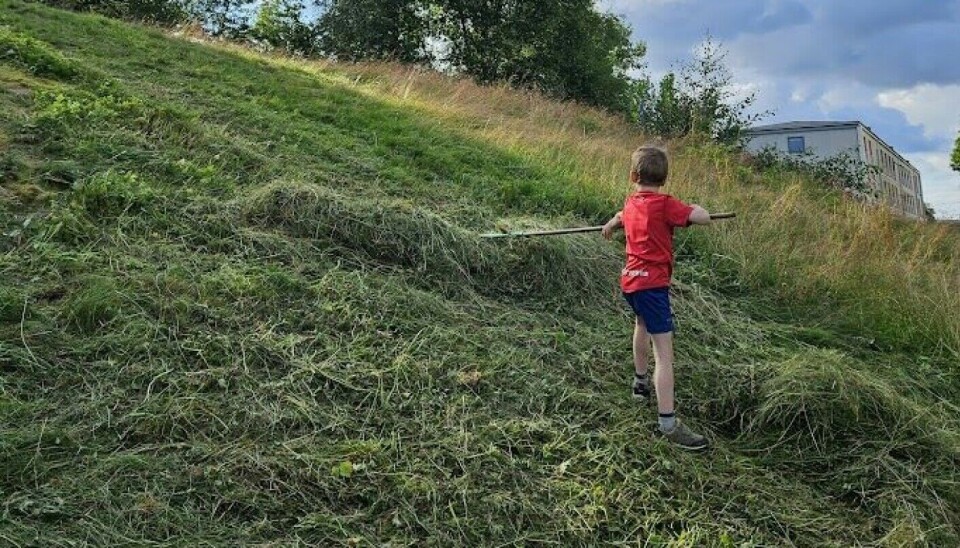
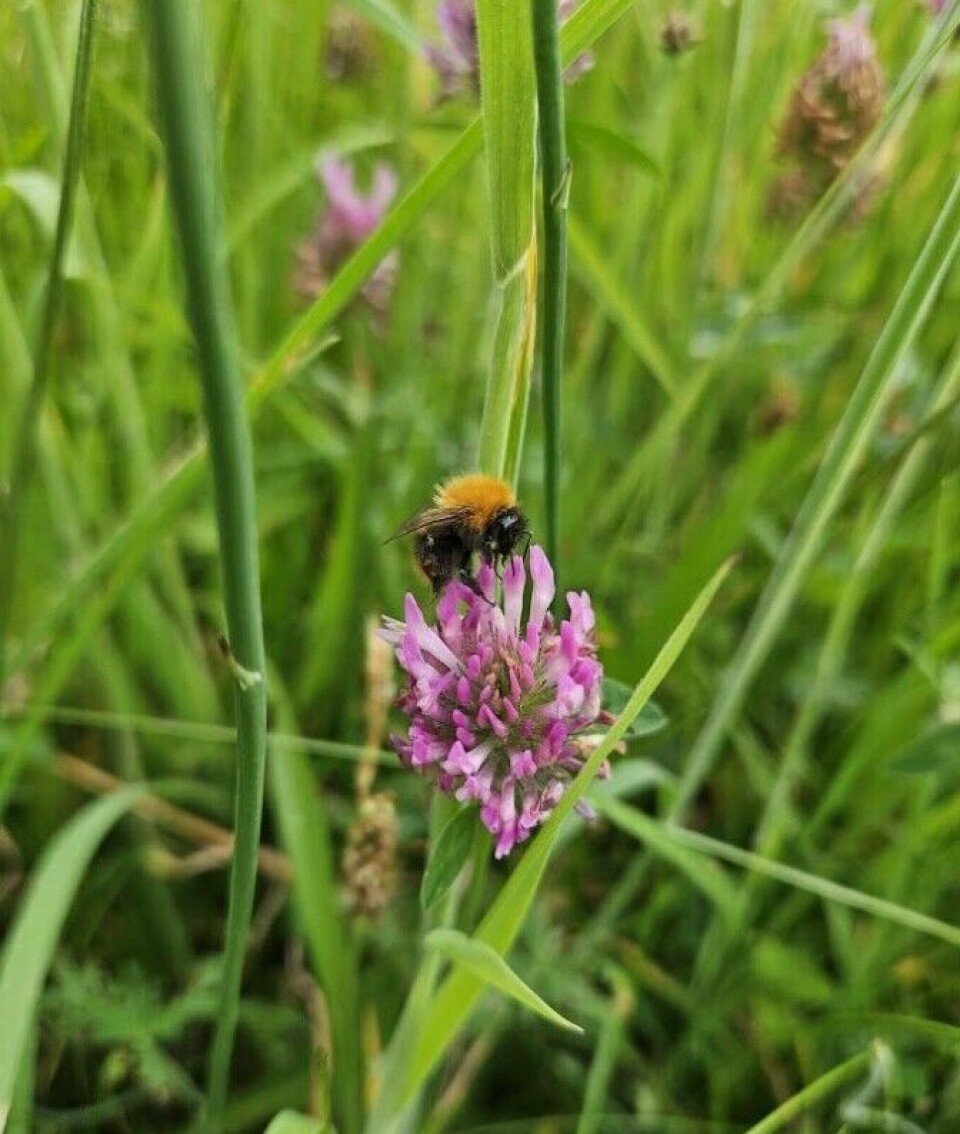
She thinks it's a waste if the grass just ends up as compost. The solution has been to give away the dried grass to someone who can use it. Wildflower meadows are essentially a byproduct of managed landscapes where meadows are either mowed for animal feed or grazed upon.
The expert's advice
Here are botanist Inger Auestad's tips for those who want a wildflower meadow at home:
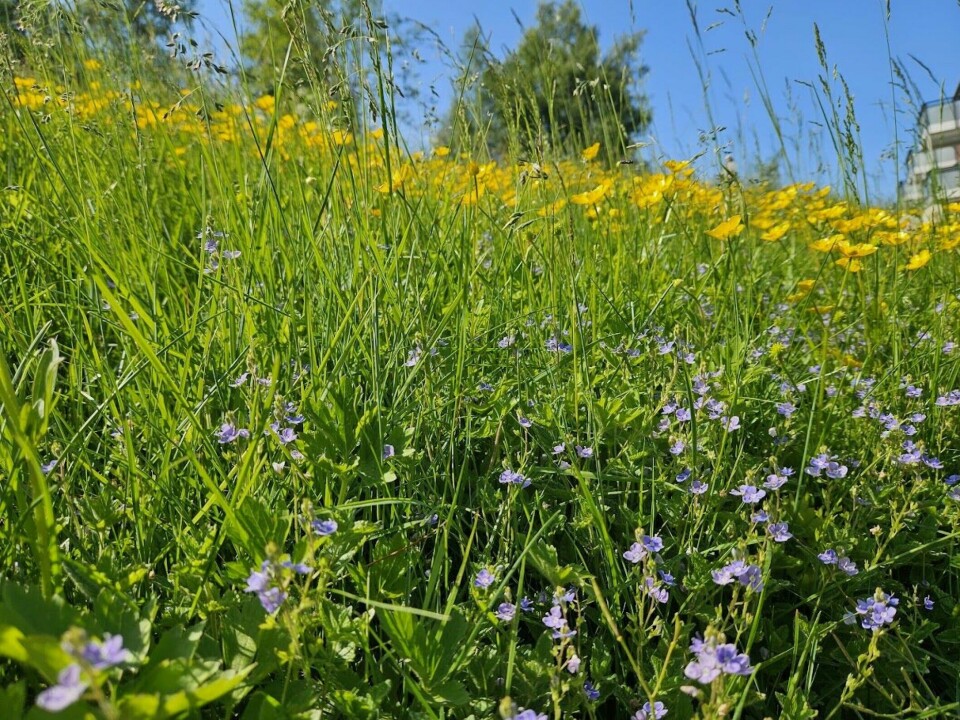
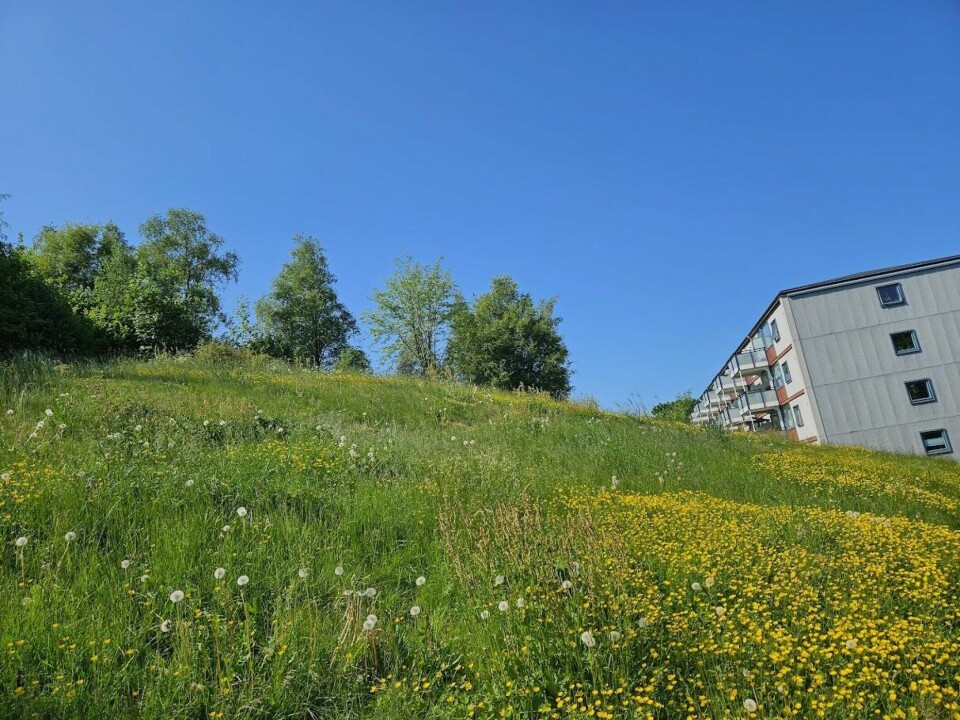

“First and foremost, it's advantageous to establish a meadow on poor soil. If you have a dry slope with little soil in Eastern Norway, you can let the lawn grow, and it will never become lush. These are not very good conditions for large, thick grasses,” she says.
“Simply tossing a bag of meadow seeds onto a well-fertilised lawn and not mowing it doesn't work very well. Typically, the lawn grass will dominate for quite some time.”
Nevertheless, Auestad is clear that wildflower meadows are resilient.
“If it dries out, that's perfectly fine. Many meadow plants have a seed bank in the ground from which they can sprout. Dry summers are also part of the dynamics in cultivated landscapes,” she says.
She reflects on the exceptionally dry summer of 2018.
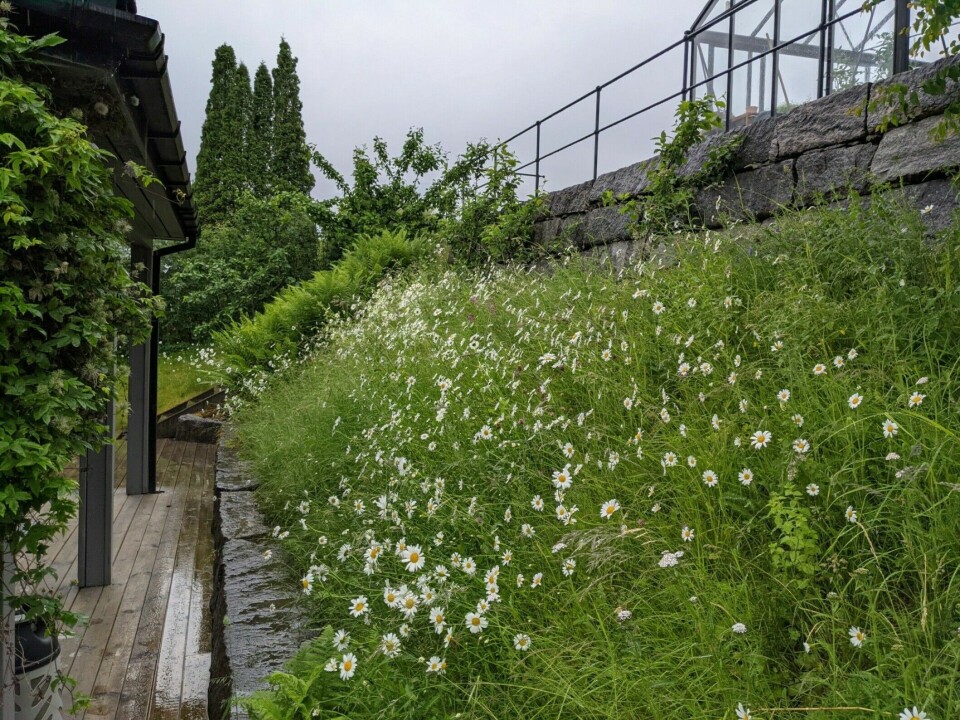
“The following year, in 2019, we experienced fantastic blooming in flower meadows and roadsides in many places. Botanists believe that much of the tall grass and large herbs were scorched during the previous summer. Other things emerged when they finally got the chance,” she says.
Some meadows need more frequent mowing
Auestad tried the classic recipe herself, based on experiences from dry areas in southern Sweden. The advice was to mow the meadow once a year.
“It didn't work in my garden," she says.
There is too much rain in Sogndal. The water carries nutrients in the soil, creating ideal conditions for grass to grow. This means that the meadow needs to be mowed more frequently to ensure the flowers get enough light.
“I believe in an early spring mow, clearing away debris, opening up the area, and giving the flowers plenty of light. Then the flowers can grow and bloom throughout the summer. When they have withered, you can mow it again and rake,” she says.
In the autumn, she recommends a third round of mowing and raking, so the plants get plenty of light the following spring.
Auestad hopes more people will be inspired by the housing cooperative in Bergen.
"By making a few adjustments to the maintenance of the meadow, we can create something beneficial for both people and our wild neighbours,” she says.
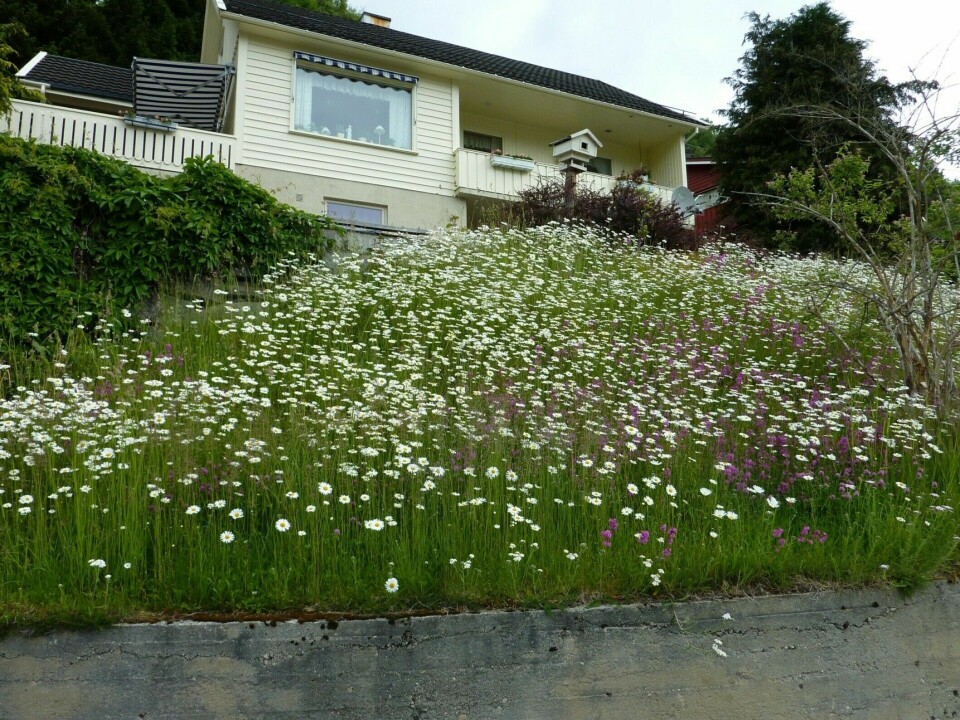
———
Translated by Nancy Bazilchuk
Read the Norwegian version of this article on forskning.no


































